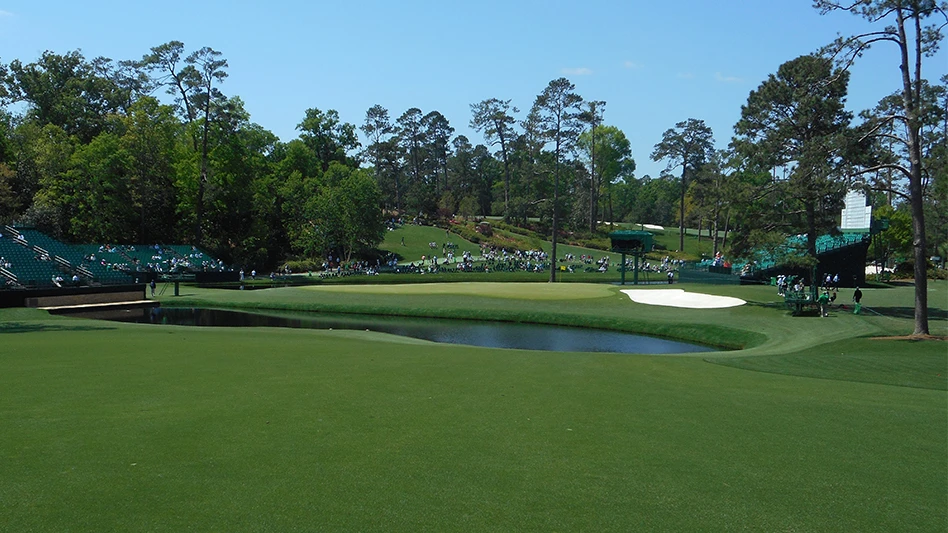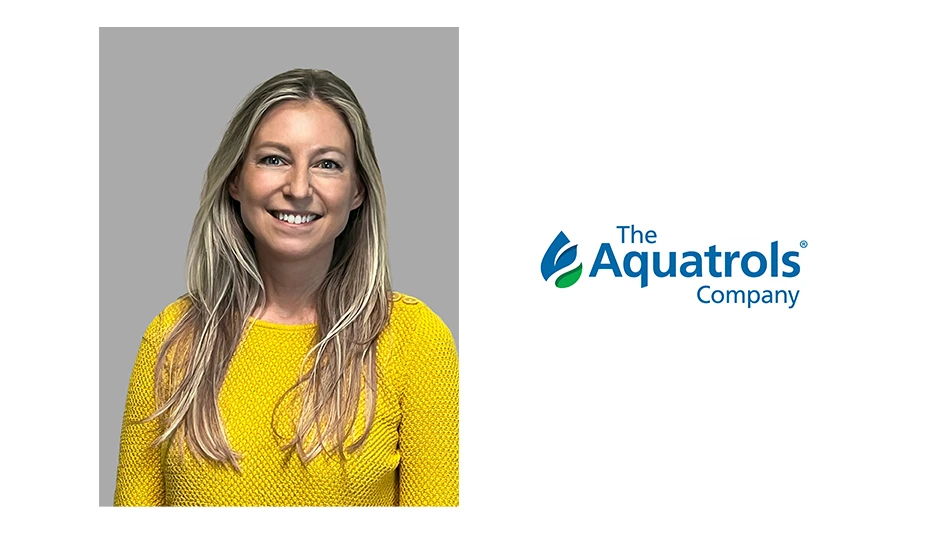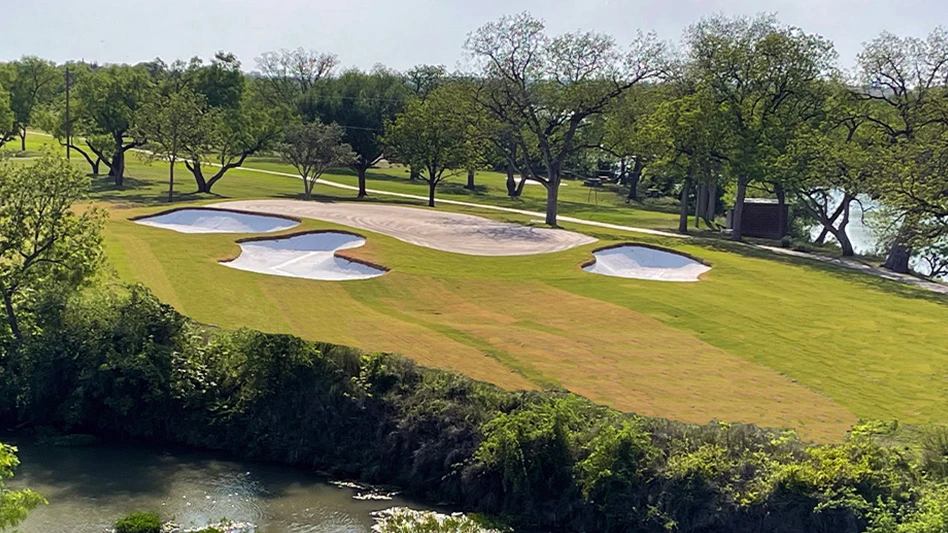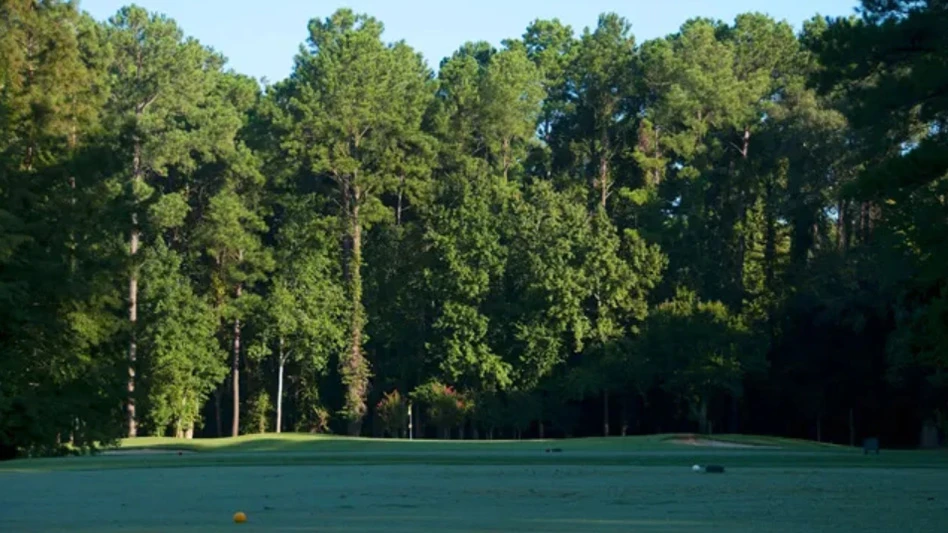 Over the last seven years or so, I have been working to figure out when equipment needs to be replaced. I’m looking for a method that takes the emotion out of the situation and gives you some real data to make decisions by vs. just looking at something and saying it needs to be replaced. I started with a simple Excel sheet, but as I continued to see other factors that drive replacement, I made more changes, and more changes and so on.
Over the last seven years or so, I have been working to figure out when equipment needs to be replaced. I’m looking for a method that takes the emotion out of the situation and gives you some real data to make decisions by vs. just looking at something and saying it needs to be replaced. I started with a simple Excel sheet, but as I continued to see other factors that drive replacement, I made more changes, and more changes and so on.
Finally, I have a prototype (Excel to the max). I utilized this program fully in Dallas and have received a lot of help and feedback along the way building this program.
I am working on programming it so it can be utilized by the masses online, as well as a tool used during my consulting trips to other facilities around the world. Here is an outline of what my equipment replacement system defines.
Equipment inventory
Every golf course should have a complete, up-to-date equipment inventory. It should be complete with ID number, year, model, equipment type, serial number and current hours. Take care to update this list every year. Revising the amount of accumulated hours helps make your agronomic plan much more accurate, which is a key driver of the 10-year equipment replacement plan.

The agronomic plan
Everything at your operation should be driven by an agronomic plan. This determines a number of things, but what I use it for is to tell me how long it takes to do a job task and how many times we will do that task per month. Knowing this will tell me how many hours each month will be put on a piece of equipment.
If you know how many hours you will accumulate for a given year, you can estimate how many years until you reach a set amount of hours. This is where the program starts. It’s factual data that is different at every golf course. So when people throw out how long equipment will last and we all assume that time frame should work for us as well, it really doesn't because each facility is unique.
Having worked with a number of consultants in the past, they were quick to tell us how they could save us money on equipment, but they had no data to base the decisions on, which resulted in a flawed plan that never would get us out of the hole we were in.
That puts us all in a place we don't want to be at times. This is the exact reason I believed the formula should be the same, but the results are going to be different at each golf course facility.

Equipment's useful life
Everything has a useful life. What I mean by this is how many hours are typical for a piece of equipment to last before it starts costing more to maintain it. Each piece of equipment is different and some items may not log tons of hours on it in 15 years and that needs to be thought about. A great example would be a fairway aerifier. We need them, but how many hours per year are we really putting on them? If I told you that most pieces of equipment begin to see a huge decline at around 4,500 hours, would you believe that to accumulate that at most golf courses on a fairway aerator that could take 20-30 years.
If you were to put 4,500 hours on it in five years, it could take it but in a span of 20, not so much due to parts rusting and the machine sitting for months before use.
So repairs add up each year mainly because the machine isn't used much. One of the things you can do to get started with your 10-year plan is use your agronomic plan to tell you how many years it will take to accumulate 4,500 hours. If you know you will put 1,000 hours per year on a rough mower and your useful life is 4,500 hours, it will take 4 1/2 years until it needs to be replaced. Do that for your entire fleet of equipment because it can help you determine if you should lease or purchase equipment.

Residual value
One of the common questions I receive is about residual value. I look at this two ways. Residual value on a lease is what the estimated value will be on your piece of equipment when it returns off lease. On a purchase, I look at it as the value I can sell it for when the equipment reaches its time of replacement. The one mistake many make on a lease is they care about the cost of the equipment and not the residual. The better residual you get on your equipment, the better the payment will be and this all comes down to how well you take care of the equipment during the lease. The residual numbers can make a HUGE difference on your payment.

Factors
There are a lot of calculations in my program that I can't share, but there are a lot of things that can affect your equipment replacement. Those include:
- Facility or golf course near the ocean.
- Equipment is stored outside in the elements.
- Level of maintenance kept on the equipment.
- How often the equipment is used.
- Pricing you receive on the equipment.
- How many years of warranty you negotiate.
These factors have to be accounted for, which makes doing something like this for the masses extremely complicated. I will begin putting reports together utilizing this system on consulting trips, but I wanted to just put out there that purchasing equipment is something that should take us time to do. It's a huge financial burden for a club, and knowing what to expect and when makes everyone much more comfortable accepting it. The best thing we can do, though, is to take the emotion out of it and let the data do the talking. It's always much easier that way.
Stephen Tucker is the CEO of IGCEMA and equipment manager at Four Seasons Hotels and Resorts.
Get curated news on YOUR industry.
Enter your email to receive our newsletters.

Explore the October 2014 Issue
Check out more from this issue and find your next story to read.
Latest from Golf Course Industry
- KemperSports taps new strategy EVP
- Audubon International marks Earth Day in growth mode
- Editor’s notebook: Do your part
- Greens with Envy 66: A Southern spring road trip
- GCSAA’s Rounds 4 Research auction begins
- Quali-Pro hires new technical services manager
- KIOTI Tractor boosts sales leadership, introduces compact loaders system
- Envu adds three new sales managers





